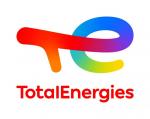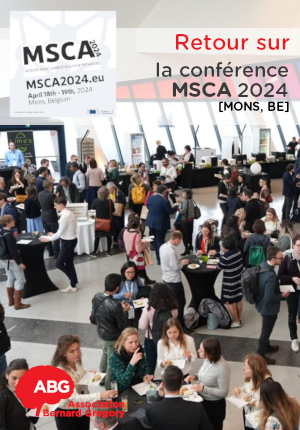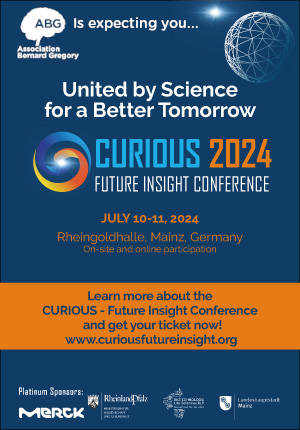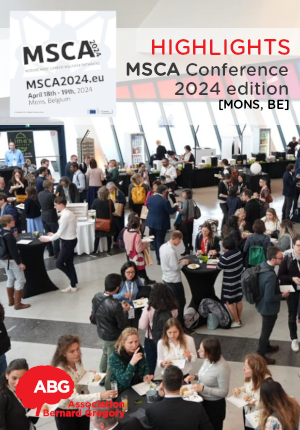Experimental and numerical study of selected laser melting processes of regolith simulants under in-situ conditions for celestial applications
| ABG-123357 | Thesis topic | |
| 2024-04-24 | Public/private mixed funding |
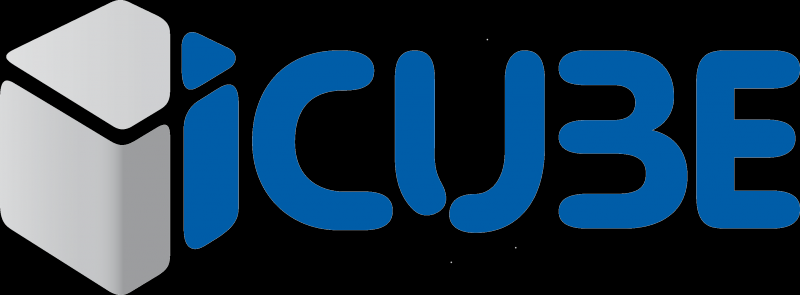
- Materials science
- Engineering sciences
Topic description
Nations across the world are now in a race to build the first Moon base and exploit the in-situ resources such as helium 3 and lunar ice. The European Space Agency has recruited the next generation of astronauts that will go back to the moon on the Artemis project. As those lines are written, Nasa has launched its new lunar lander Peregrine 1 and has just received its first signals from orbit. Peregrine 1 is expected to reach the moon by end of February, the first US lander there for 50 years. Japan will try to land on the moon by the end of January 2024. India has already landed on the moon in 2023. China was the first country to land on the far side of the moon, in January 2019, where it deployed the Yutu-2 rover.
Additive manufacturing using regolith, the main Lunar in-situ material resource, is offering a solution for long duration stay on the Moon or Mars. Appling Selective Laser Sintering (SLS) technology to build infrastructures or tools will reduce the space transportation efforts from Earth and lower the cost of the space missions. Furthermore, additive manufacturing will be a precious asset for compagnies looking into settlements for space mining of various resources.
However, many challenges still lie ahead to optimize the SLS process. First of all, the regolith composition is region dependent. Various simulant thus must be tested and their respective adequate experimental conditions for correct sintering compared. Furthermore, the mechanical integrity of the manufactured samples must match the requirements depending on the diverse applications.
Our research team has developed a powder bed SLS prototype using a 100 W CW laser. Multiple 3D structures have been manufactured using various lunar soil simulants. The process conditions are optimized thanks to a numerical model developed on COMSOL Muliphysics.
Nonetheless, the processing condition do not currently reflect those that will be met in space such as gravity or atmosphere. In order to recreate some of the conditions, a vacuum chamber with 10-2mbar capacity is currently being refurnished in collaboration with the International Space University and Aalen University. This chamber will host X/Y/Z/rotation stages. The outside will be adapted to fit the laser and galvo head to stir the beam.
A new simulant from IRAP will be tested. The thermomechanical characterization of the samples will be made by the CGE team at ICube, Strasbourg, Icam Toulouse and the Institut Clement Ader, Albi.
The PhD candidate will have to focus on:
The optimization of the process in the experimental powder bed SLS machine for various simulants
The optimization of the process in the low atmospheric conditions
The optimization of the numerical model
The PhD candidate will work on three sites, Icam Strasbourg-Europe in Schiltigheim, ICube and ISU at Illkirsh.
References:
Crawford, Ian. (2015). Lunar Resources: A Review. Progress in Physical Geography. 39. 137-167. 10.1177/0309133314567585
Ginés-Palomares, JC., Fateri, M., Kalhöfer, E. et al. Laser melting manufacturing of large elements of lunar regolith simulant for paving on the Moon. Sci Rep 13, 15593 (2023). https://doi.org/10.1038/s41598-023-42008-1
Hailong Liao, Junjie Zhu, Shijie Chang, Gang Xue, Jingxi Pang, Haihong Zhu, Lunar regolith - AlSi10Mg composite fabricated by selective laser melting, Vacuum, Volume 187, 2021, 110122, ISSN 0042-207X, https://doi.org/10.1016/j.vacuum.2021.110122 .
Farries, K.W., Visintin, P., Smith, S.T. and van Eyk, P., 2021. Sintered or melted regolith for lunar construction: state-of-the-art review and future research directions. Construction and Building Materials, 296. https://doi.org/10.1016/j.conbuildmat.2021.123627.
N. Gerdes, L. G. Fokken, S. Linke, S. Kaierle, O. Suttmann, J. Hermsdorf, E. Stoll, C. Trentlage; Selective Laser Melting for processing of regolith in support of a lunar base. J. Laser Appl. 1 August 2018; 30 (3): 032018. https://doi.org/10.2351/1.5018576
Fateri, M., 2013. Experimental investigation of selective laser melting of lunar regolith for in-situ applications. In: ASME International Mechanical Engineering Congress and Exposition, Proceedings (IMECE). American Society of Mechanical Engineers (ASME). https://doi.org/10.1115/IMECE2013-64334.
Grossin, D., Montón, A., Navarrete-Segado, P., Özmen, E., Urruth, G., Maury, F., Maury, D., Frances, C., Tourbin, M. and Lenormand, P., 2021. A review of additive manufacturing of ceramics by powder bed selective laser processing (sintering / melting): Calcium phosphate, silicon carbide, zirconia, alumina, and their composites https://doi.org/10.1016/j.oceram.2021.100073ï.
Grossman, K., 2004. Regolith-Based Construction Materials for Lunar and Martian Colonies. [online] Available at: <https://stars.library.ucf.edu/etd/6165>
Hon, K.K.B. and Gill, T.J., 2003. Selective Laser Sintering of SiC/Polyamide Composites. https://doi.org/10.1016/S0007-8506(07)60558-7
Zheng, Y., Zhang, K., Liu, T.T., Liao, W.H., Zhang, C.D. and Shao, H., 2019. Cracks of alumina ceramics by selective laser melting https://doi.org/10.1016/j.ceramint.2018.09.149
Song, S., Gao, Z., Lu, B., Bao, C., Zheng, B. and Wang, L., 2020. Performance optimization of complicated structural SiC/Si composite ceramics prepared by selective laser sintering. https://doi.org/10.1016/j.ceramint.2019.09.004
Duke, M.B., Blair, B.R. and Diaz, J., 2003. Lunar resource utilization: Implications for commerce and exploration. Advances in Space Research, 31(11), pp.2413–2419. https://doi.org/10.1016/S0273-1177(03)00550-7
Prof. Dan Britt, Dr. Zoe Landsman and et al., 2019. ExoLith Lab. [online] Available at: <https://exolithsimulants.com/> [Accessed 21 February 2022]
D. Urbina, H. Madakashira, J. Salini, S. Govindaraj, R.B., J. Gancet, M. Sperl, A. Meurisse, M. Fateri and B. Imhof, 2017. Robotic prototypes for the solar sintering of regolith on the lunar surface developed within the Regolight project. Adelaide, South Australia.
Starting date
Funding category
Funding further details
Presentation of host institution and host laboratory
ICube Laboratory
The Engineering science, computer science and imaging laboratory
Created in 2013, the laboratory brings together researchers of the University of Strasbourg, the CNRS (French National Center for Scientific Research), the ENGEES and the INSA of Strasbourg in the fields of engineering science and computer science, with imaging as the unifying theme.
With around 650 members, ICube is a major driving force for research in Strasbourg whose main areas of application are biomedical engineering and the sustainable development.
Website :
PhD title
Country where you obtained your PhD
Institution awarding doctoral degree
Graduate school
Candidate's profile
Competence in mechatronics for the integration of the motion tables in a vacuum chamber.
Competence if possible in optics/optomechanics/optoelectronics for the implementation of the optical train in the vacuum chamber and the optimisation of the current sintering system.
Competence in material characterisation by XRD, durometer, dilatometry, metallography, tensile/compression tests.
Knowledge in laser sintering/melting on powder bed.
Experience in additive manufacturing.
Knowledge in ceramics.
Vous avez déjà un compte ?
Nouvel utilisateur ?
Get ABG’s monthly newsletters including news, job offers, grants & fellowships and a selection of relevant events…
-
JobPermanentRef. ABG123652Hermès- Nouvelle Aquitaine - France
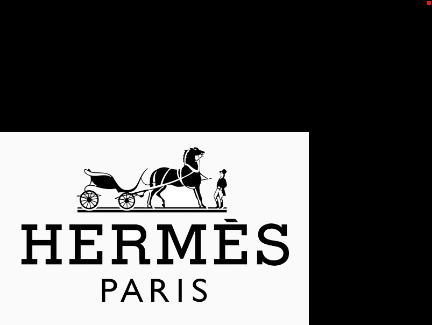
CDI – Ingénieur Développement Technique – Responsable d’une Plateforme de Projets R&D – CATE (H/F)
Materials science - Process engineeringAny -
JobPermanentRef. ABG123470Association Bernard Gregory (ABG)PARIS 3ème - Ile-de-France - France

Créateur et animateur de formations [f/h]
Open to all scientific expertisesAny -
JobPermanentRef. ABG123678LVMH / GaïaParis - Ile-de-France - France
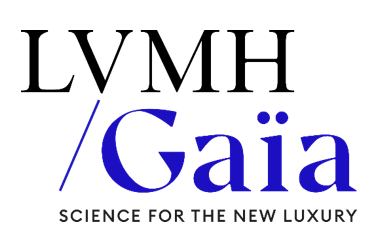
Ingénieur Recherche Nouvelles Matières Maroquinières (H/F)
Materials scienceJunior



